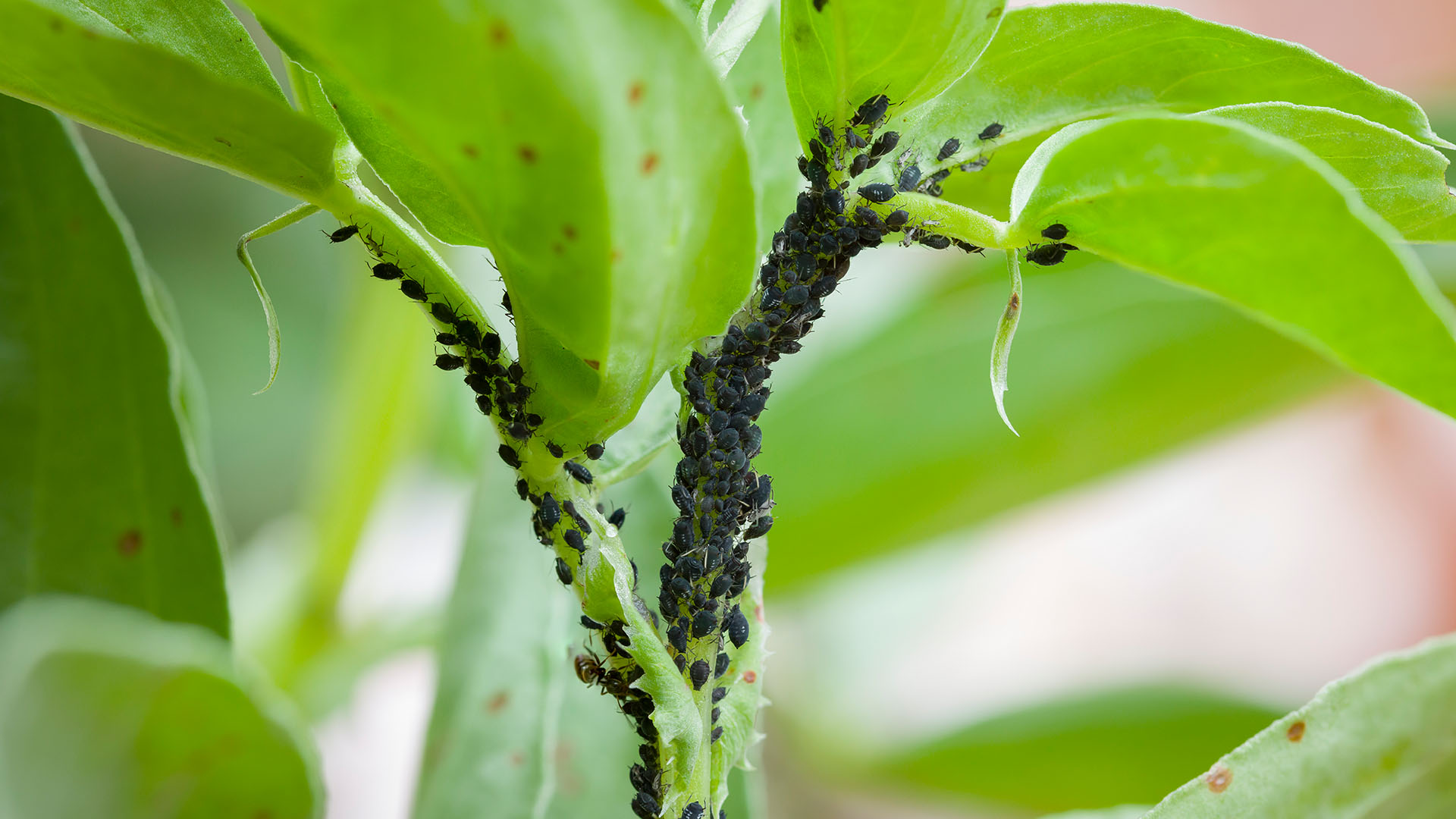
How to get rid of pests on household plants without using harmful pesticides
Discovering pests on your interior or exterior plants can be both disappointing and frustrating, leaving you to wonder how you can save them. The good news is that there are some fantastic, natural options to get rid of these creepy crawlies without harming yourself or your plants.
How do insects get inside?
Just like outdoor plants, flowers and greenery inside your home can be prone to unwanted insects. Oftentimes, indoor plants are actually more susceptible than those in an outdoor garden for a multitude of reasons. We often invite pests indoors without even knowing it. Leaving a door or window open, purchasing fresh produce or flowers, bringing an outdoor plant inside or using poor-quality potting soil are all ways we make our plants vulnerable to infestation.
What signs should you look for?
To keep your plants healthy and hearty, it helps to know what you should be looking out for. Be sure that your plant has strong stems that have non-wilted, nicely colored leaves with a consistent shape. If you notice a plant veering away from its original appearance, it may be time to do some further inspecting. Look for webbing draped along the underside of leaves or where the leaves and stem attach. Insects tend to lurk in these places, so be sure to search your plants thoroughly.
We can protect your plants!
Our horticultural service can keep your plants healthy and pest free.
How do you get rid of them?
There are many natural remedies for removing unwanted bugs from your plants and they vary based on the type of species you’re dealing with. Here are a few common insects that typically infest indoor and outdoor plants, and how to get rid of them:
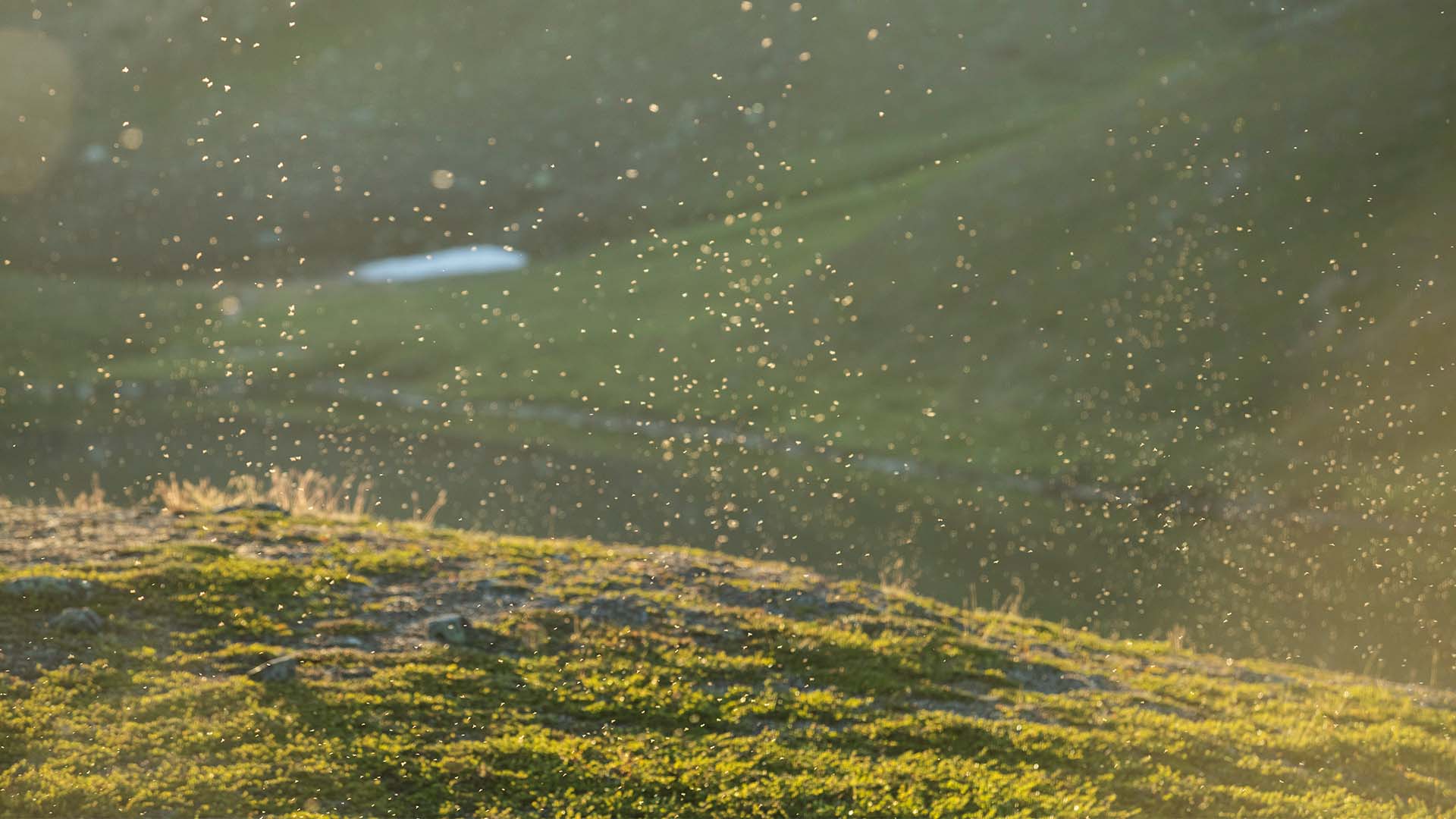
Gnats
These look similar to fruit flies floating around a plant. You’ll be able to find easily identifiable, yet tiny white or black bugs on top of and in the plant soil. Our warehouse team prefers to utilize Gnatrol and diatomaceous earth – both natural repellent products – to remedy this problem. It might be helpful to know that gnats are especially prevalent in the spring and summertime, and a good way to determine where they are most bountiful is to place sticky traps in various places throughout your home or yard. In Arizona we typically see Gnats flying inside shortly after rainfall.
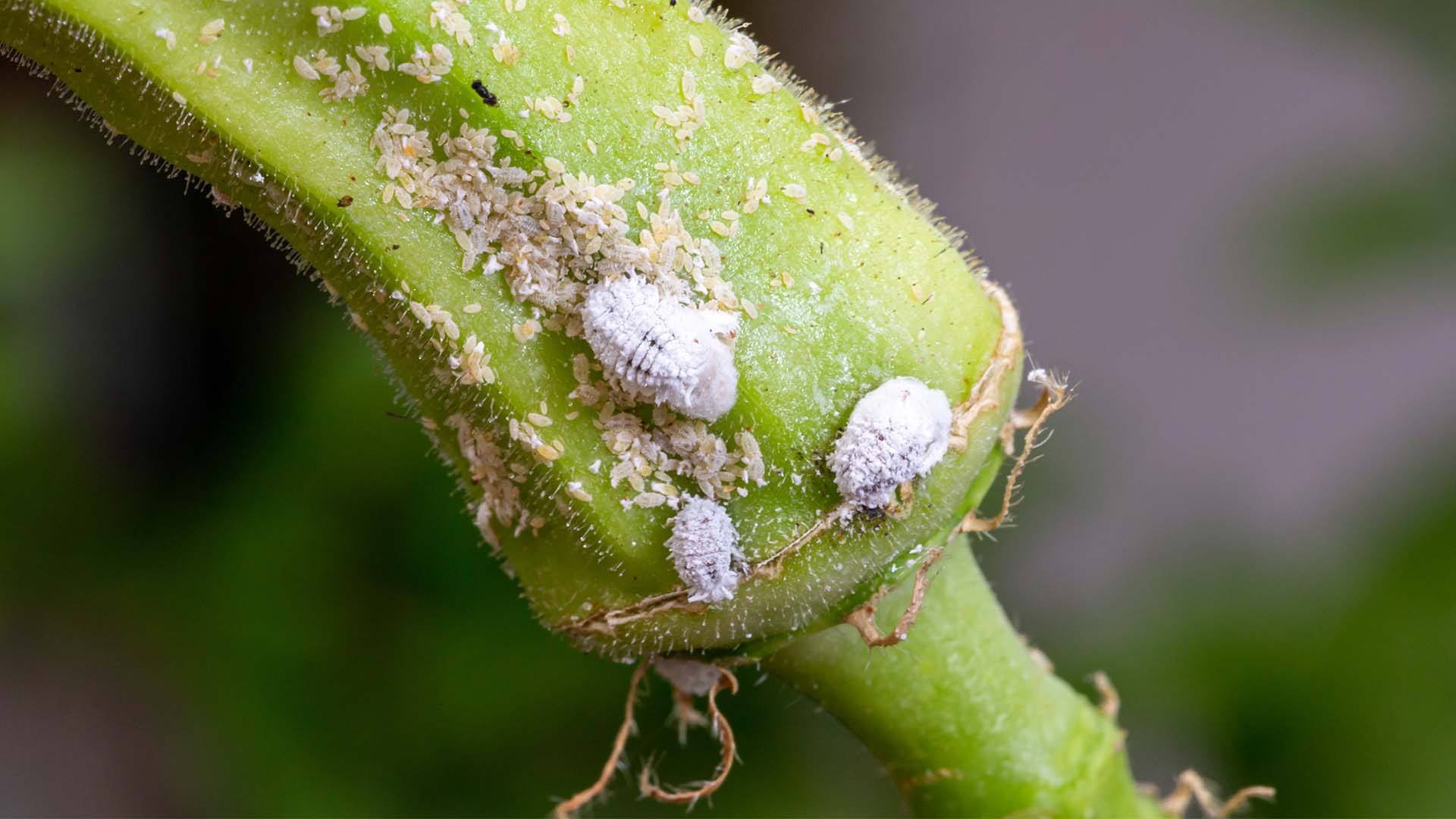
Mealybugs
Mealybugs can range in appearance from a light dusting of powder to a heavy coating of cotton on plant leaves. Depending on the severity of the problem, we recommend beginning with two-parts water combined with one-part rubbing alcohol in a spray bottle, then adding one drop of Dawn dish soap and shaking until it’s mixed well. Spray the entire plant with this solution once or twice a week until the issue is resolved.
In the most severe cases, you may consider dissolving a drop of Dawn dish soap in a spray bottle of rubbing alcohol without water. If this effort doesn’t suffice, you may wish to try Brand X Foliage Cleaner, which is naturally derived and commonly used by interior landscape companies like Plant Solutions.
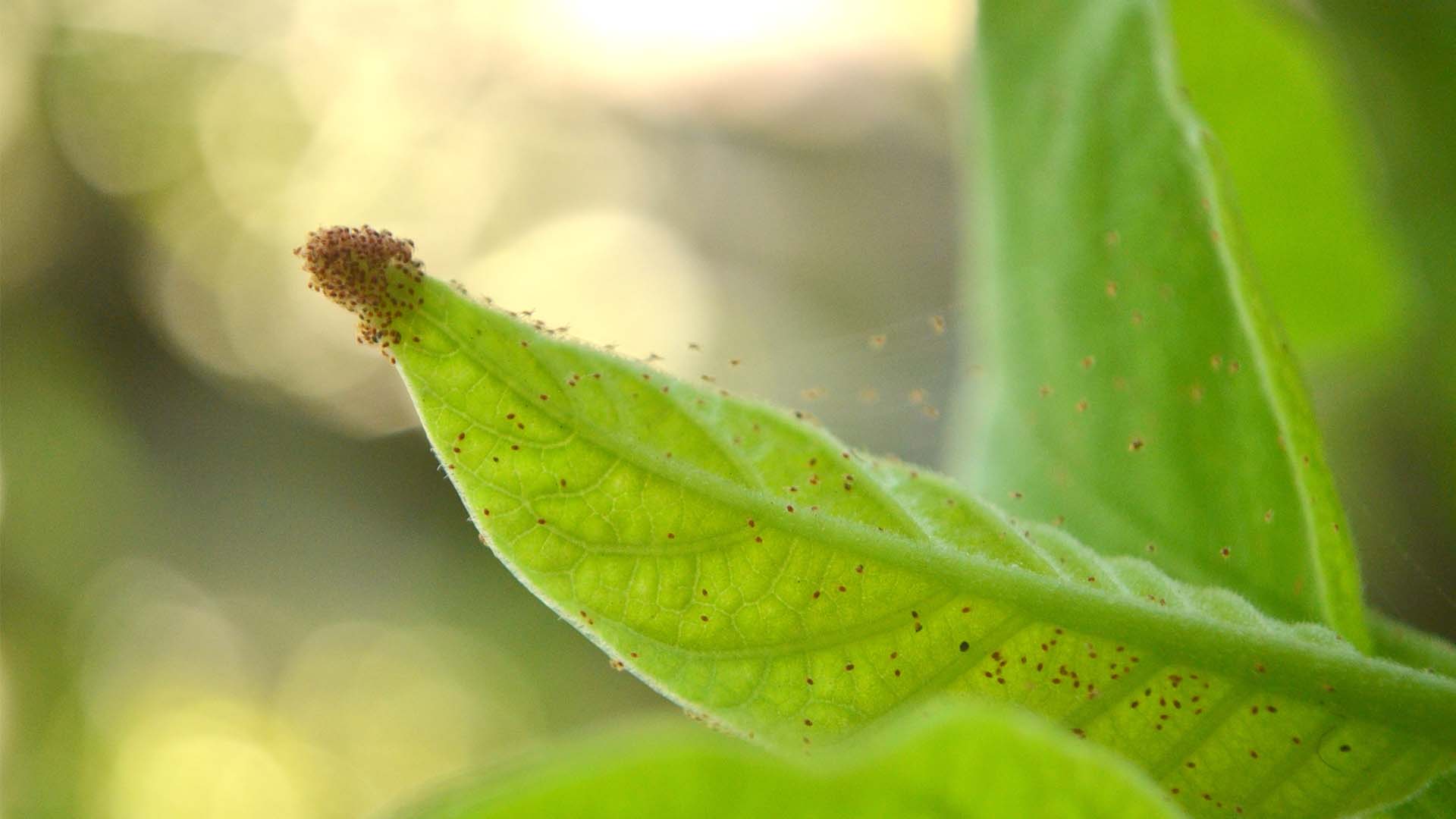
Spider Mites
These creatures are a bit more challenging to identify when their infestation is in its beginning stages. A great trick to identify them is to mix water and rubbing alcohol in a spray bottle, then mist the entire plant in a well-lit (but indirect sunlit) area. This method will reveal any webbing that would indicate the presence of spider mites. Treat these problematic pests with the same water and alcohol solution as stated above, and be sure to take the time to wipe each leaf down individually for maximum termination.
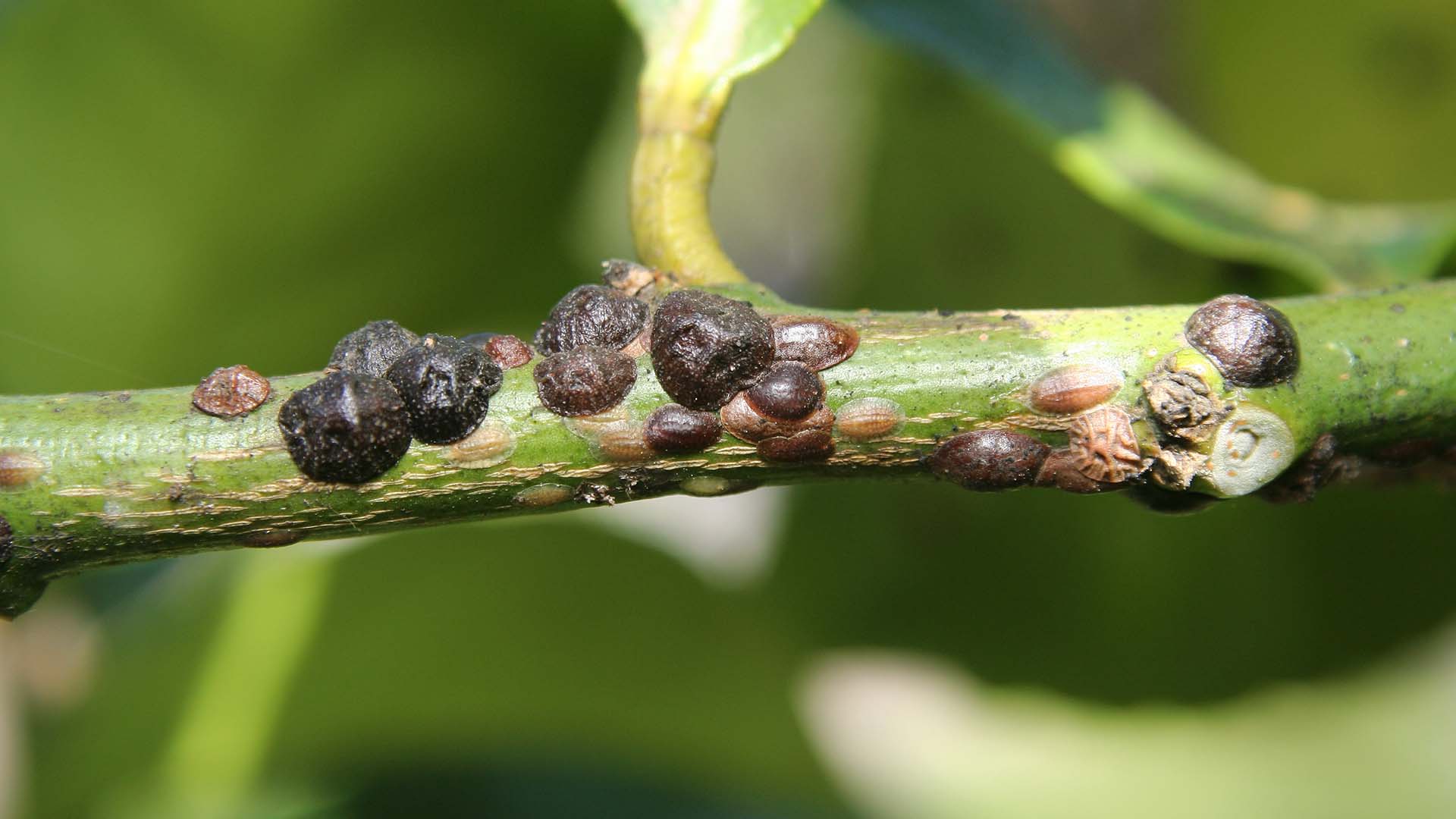
Scale
Identifying these small insects is fairly easy, as they leave behind little brown droppings that stick to foliage. Scale are hard-bodied and can be a little complicated to treat. Insecticidal soap is a plant-safe option to treat an infestation during the larval stage, while rubbing alcohol applied directly but sparingly to the affected parts of the plant can be effective for a mild infestation. For more severe challenges, wiping the entire plant down with Brand X may be most effective.
Can insects be prevented?
It’s easier to rid plants of unwanted insects when there are fewer present, versus treating an entire infestation. It’s a good idea to get in the habit of proactively inspecting plants on a weekly basis to combat bugs before they become a problem – a quick scan may be all you need!
If you’re a Plant Solutions business or residential customer, we’ll take the guess work out of maintaining your plants and keeping them pest and insect free! Our skilled and knowledgeable warehouse team carefully cares for and manages an extensive plant inventory, implementing a program that begins with pest prevention and carries through with our regular maintenance practices.
To learn more about the horticultural solutions that Plant Solutions has been providing since 1981, click here.
